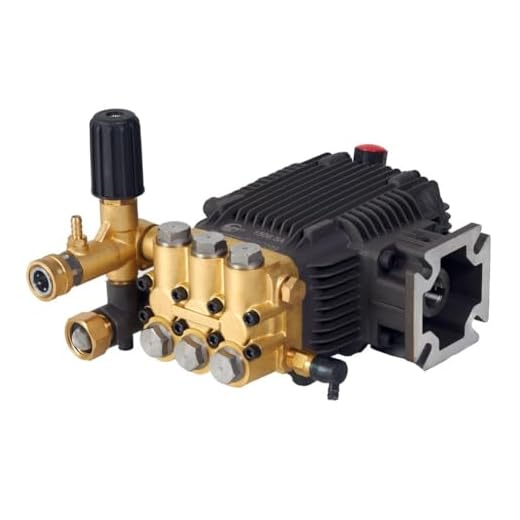



For most cleaning tasks, a rating around 2,000 to 3,000 units is typically ideal. This strength effectively handles general household chores, such as washing cars and cleaning patios. Opting for units above this range can be counterproductive, leading to potential surface damage or the need for excessive safety precautions.
Units with increased ratings often produce a more intense stream, which can be advantageous for specific applications like removing stubborn grime or stains from hard surfaces. However, it is crucial to match the output with the material being cleaned. For example, softer surfaces may suffer under higher pressures, resulting in damage or unnecessary wear.
Another factor to consider is the nozzle configuration. A powerful machine paired with the correct nozzle can enhance performance, ensuring efficiency without compromising safety. When selecting cleaning equipment, be mindful of the intended application and choose a model that provides flexibility in pressure settings.
Ultimately, while a strong unit may excel at specific tasks, understanding the requirements of your cleaning projects will lead to optimal results without risking damage or reducing overall effectiveness.
Is Higher PSI Better for Pressure Washer?
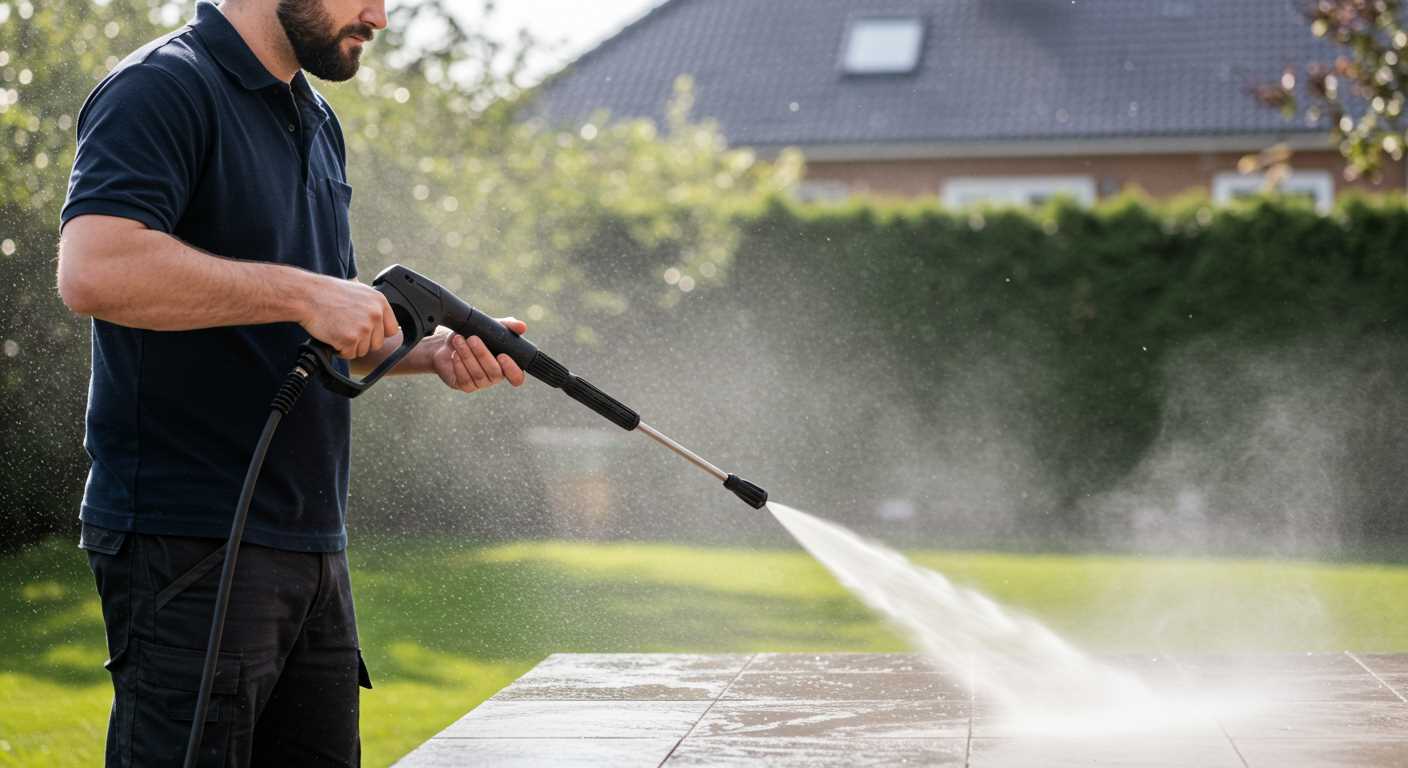
When considering a cleaning device, the pressure rating plays a significant role in performance. I recommend assessing the required application before opting for a unit with elevated figures. For light tasks, such as washing vehicles or patio furniture, readings around 1300-2000 may suffice. Meanwhile, medium-duty applications, like cleaning driveways or wooden decks, typically benefit from units rated between 2000 to 3000.
For heavy-duty work, such as removing graffiti or dealing with tough stains, machines with ratings above 3000 can be advantageous. However, overestimating can lead to damage on softer surfaces, for instance, delicate wood siding or painted areas. Always match the pressure to the material being cleaned.
Flow rate, measured in litres per minute, is equally crucial. A high flow rate can enhance the effectiveness of the cleaning process, ensuring dirt is lifted away more efficiently. Always consider the balance between pressure and flow to achieve optimal results.
In my extensive experience, I’ve observed that quality of construction and the design of the nozzle also impact performance significantly. A well-designed nozzle can produce a more concentrated stream, maximising the efficiency of lower ratings. I advocate for thorough research and, if possible, testing various models to determine which combination of pressure and flow meets your specific needs.
Understanding PSI: What It Means for Pressure Washers
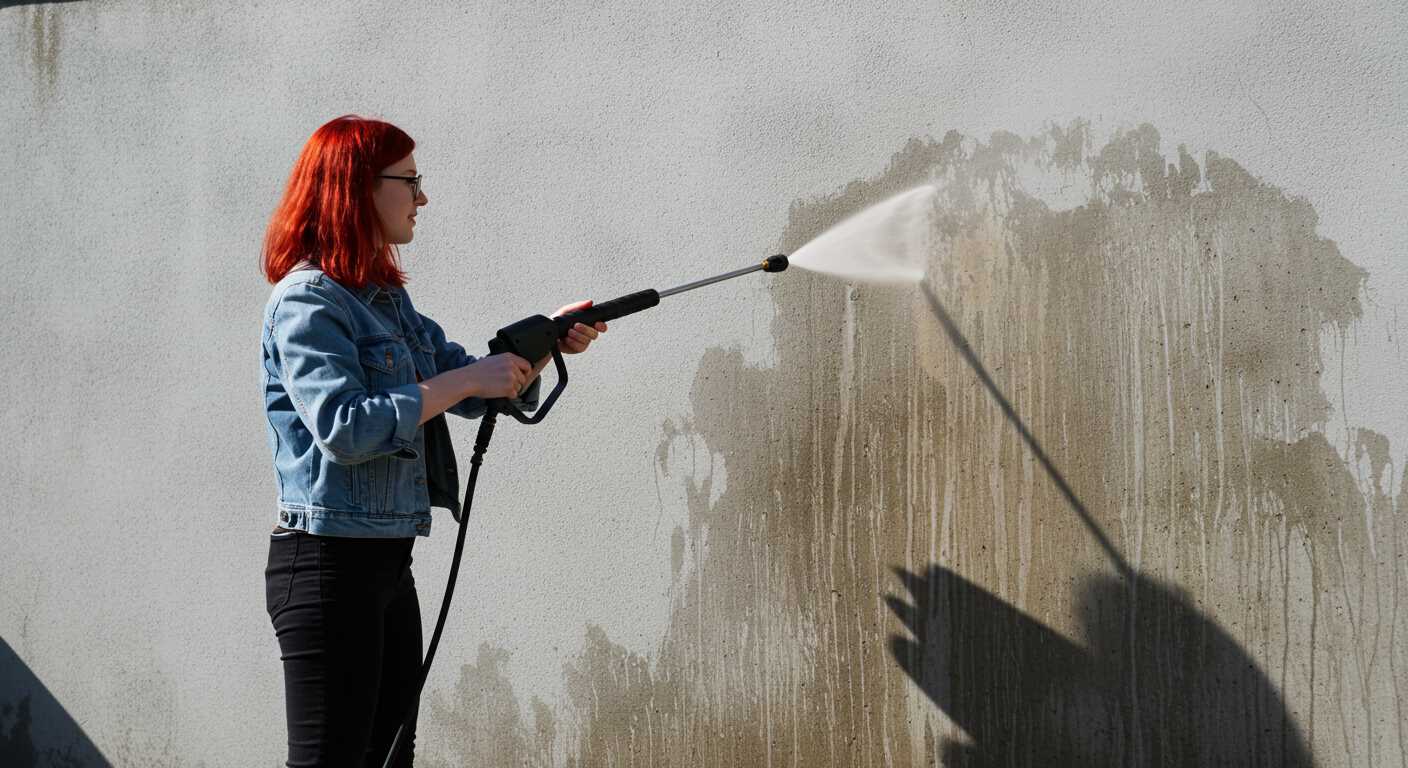
When selecting a cleaning device, the measurement of force applied by the water flow is crucial. Typically, this is expressed in units that indicate the intensity of the stream. Understanding how this figure affects your cleaning tasks can significantly affect your outcomes.
A specific rating denotes how much force is applied to dislodge dirt, grime, and other contaminants. For light tasks such as washing vehicles or cleaning delicate surfaces, a lower rating suffices, preventing potential damage. Conversely, intense work on hard surfaces, like driveways or brick walls, benefits from a greater value, ensuring efficient removal of stubborn stains.
It’s imperative to match the level of force with the cleaning task at hand. Using excessive intensity might cause harm to softer materials, leading to unintended consequences. Therefore, ensuring a balance is key to achieving the desired cleanliness while safeguarding the surfaces being treated.
Additionally, efficiency extends beyond mere measurement; nozzle type and distance from the surface play integral roles too. A fan or rotating nozzle can alter the effectiveness of the stream based on its application. This adaptability allows users to maximise their equipment’s potential according to varying needs.
In practise, one should also consider the volume of water flow alongside the force measurement. A machine with a lower reading but higher flow rate may outperform a model boasting a higher reading with restricted flow. This synergy between measurements can determine the overall cleaning efficacy.
Finally, the right choice will depend on personal usage patterns, the common tasks undertaken, and the nature of surfaces frequently maintained. Selecting equipment that aligns with these factors will yield the best results over time, ensuring that the investment in your cleaning arsenal serves you well.
Impact of Higher PSI on Cleaning Performance
Increasing the water pressure can significantly improve the cleaning effectiveness, particularly when tackling stubborn stains and grime. I’ve observed that models with elevated pressure levels excel at removing dirt from hard, porous surfaces like concrete or brick. For example, achieving around 3000 pounds per square inch allows for remarkable results on driveways that have accumulated oil and grease.
However, it’s vital to select the appropriate nozzle. A narrow spray pattern can intensify cleaning power, but using it incorrectly might damage delicate surfaces. I’ve seen users mistakenly employ high-pressure settings on wooden decks, leading to damage rather than cleaning. Thus, knowing the ideal combination of pressure and nozzle type is key to achieving optimal results.
Specific Applications
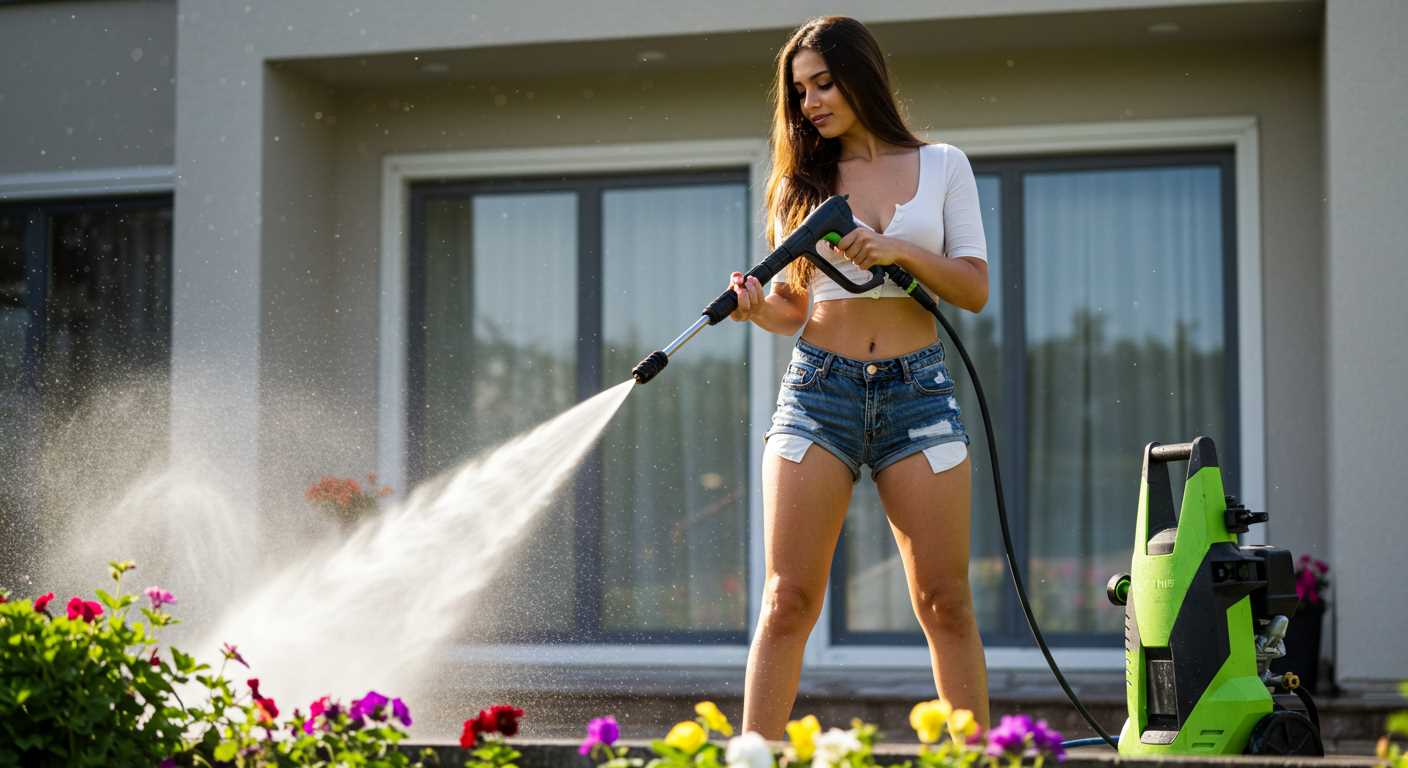
When dealing with vehicles, a moderate level is often suitable to avoid damage to paint while ensuring effective dirt removal. I recommend using around 1500 to 2000 pounds for cars or motorcycles, balancing safety and efficiency perfectly. Conversely, heavy-duty tasks like cleaning industrial equipment may require pressures exceeding 4000 pounds, where maximum force is essential to eliminate embedded contaminants.
Efficiency Considerations
There’s a misconception that more pressure equates to quicker cleaning. While it’s true that higher pressure can remove tougher stains efficiently, it can also lead to increased water usage. I’ve found that for routine cleaning tasks, utilising a moderate pressure setting tends to yield similar results while being more economical in water consumption.
Choosing the Right PSI for Different Surfaces
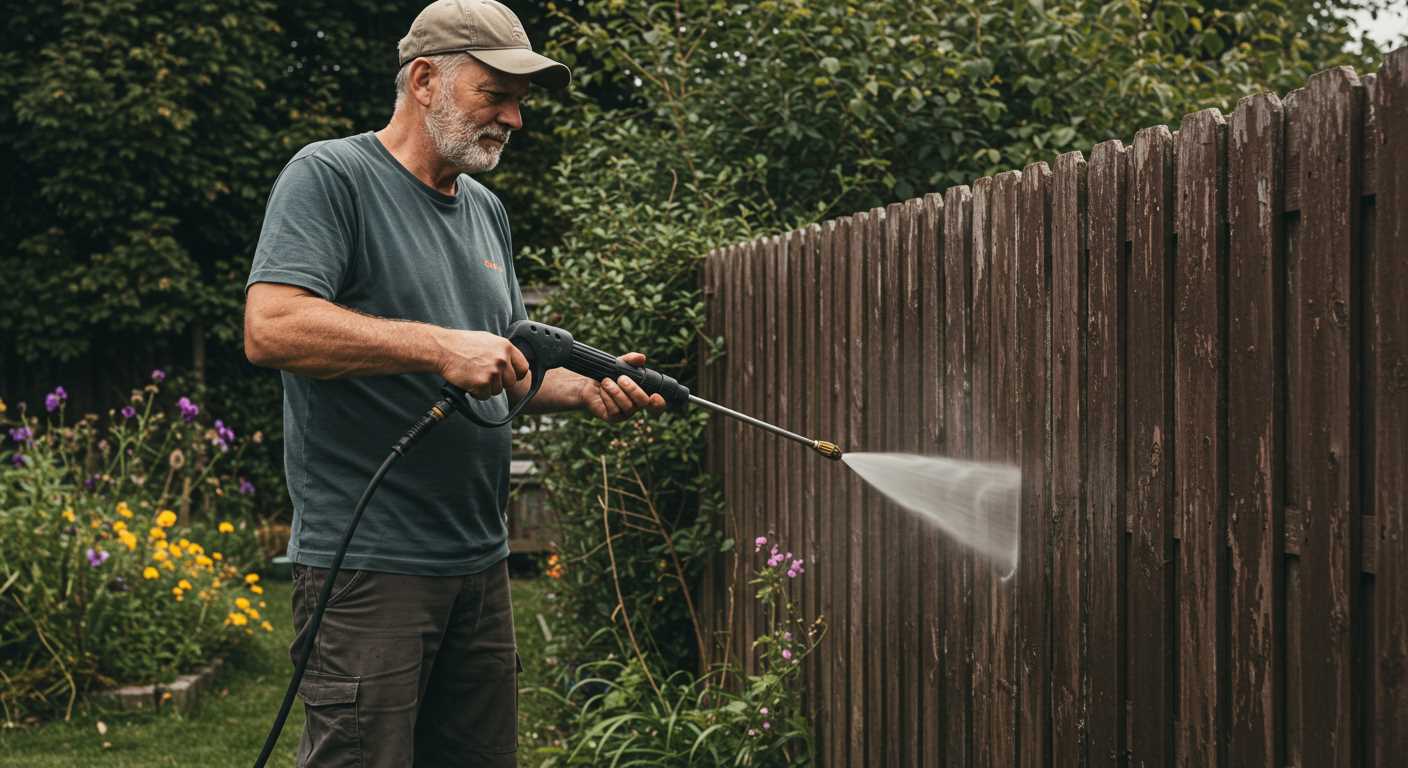
When selecting the appropriate pressure output for specific materials, it’s important to understand the capabilities and limitations associated with each type of surface. Here’s a straightforward guide based on my extensive experience in this area.
For wood surfaces, particularly decks or fences, a range of 1,200 to 1,500 is ideal. This level effectively removes dirt and mildew without risking damage to the wood’s finish. It’s crucial to maintain a safe distance to prevent splintering.
Brick and concrete require a more robust approach. A setting between 2,000 and 2,800 works well, managing deep-seated stains such as oil or grease. Be cautious, as excessive force can erode the surface texture.
For vehicles, opting for a lower range of 1,500 to 2,000 ensures a thorough clean without damaging the paintwork. Using a suitable nozzle and maintaining distance will enhance the final results.
Soft surfaces like painted walls or stucco need careful handling; a maximum setting of 1,500 is suitable, as stronger outputs can compromise the paint and surface integrity.
The table below summarises these recommendations for quick reference:
| Surface Type | Recommended Pressure (PSI) |
|---|---|
| Wood | 1,200 – 1,500 |
| Brick/Concrete | 2,000 – 2,800 |
| Vehicles | 1,500 – 2,000 |
| Painted Surfaces/Stucco | Up to 1,500 |
Matching the pressure output to the surface type not only improves cleaning efficiency but also prolongs the life of the material. Take the time to adjust settings according to your environment for optimal performance.
Potential Risks of Using High PSI Settings
Utilising elevated pressures can lead to several hazards that may compromise your cleaning experience and safety. First, surfaces may be damaged. For instance, wood can splinter or become gouged, and masonry can crack or chip. The force applied can strip paint from surfaces, causing costly repairs.
Another concern is the potential for injury. High-pressure streams can cause serious harm, including lacerations and contusions, if they make contact with skin. Direct exposure to these jets is akin to being struck by a solid object. It’s crucial to handle the equipment with care and ensure proper safety gear is worn, such as gloves and goggles.
Moreover, using excessive intensity may lead to unintentional debris ejection. High-speed projectiles, like small stones or dirt particles, can become airborne and pose risks to anyone in the vicinity. Always maintain a safe distance from individuals and pets while operating tools.
Another risk involves tipping over. Equipment can become unstable when used at max settings, increasing the chance of accidents or damage to the apparatus itself. Proper footing and a secure grip on the unit are necessary to prevent mishaps.
Finally, frequent use of elevated pressures can strain the motor, leading to overheating or premature failure. Regular maintenance is essential, but excessive operation at high levels might accelerate wear and tear. It’s advisable to use only what is necessary for each task to extend the life of the equipment.
In conclusion, while the allure of rapid and efficient cleaning is irresistible, understanding the potential perils associated with heightened pressures is crucial. I always recommend assessing the task at hand and choosing appropriate settings to safeguard both surfaces and your equipment.
Comparing PSI with GPM: Finding the Right Balance
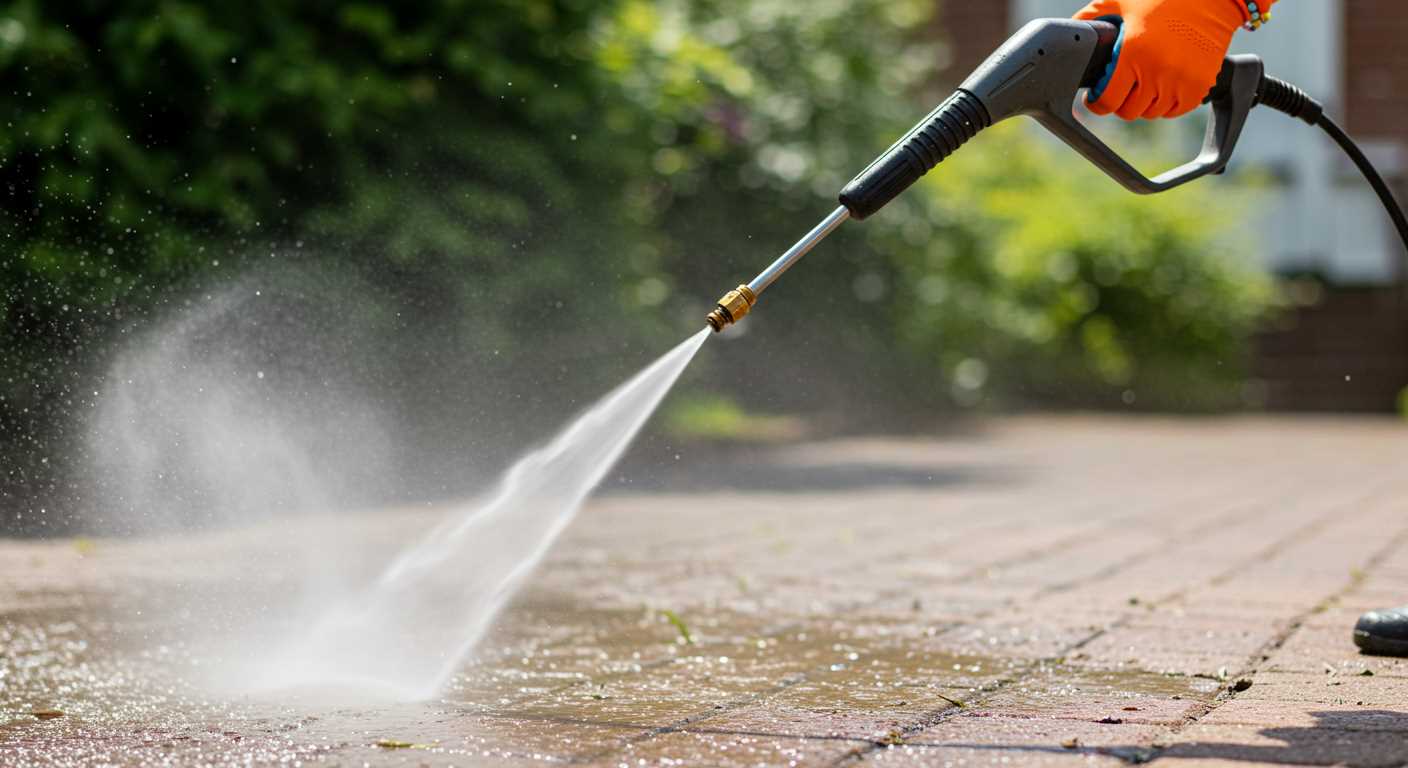
To maximise cleaning efficiency, consider both the pressure output and water flow rate. A machine exhibiting high water flow paired with moderate pressure achieves superior results compared to one with extreme pressure and low flow. The ideal combination typically hovers around 2,000 to 3,000 psi and 2 to 3 gallons per minute.
Water flow rate, measured in gallons per minute (GPM), plays a significant role in rinsing away dirt and grime. A machine with a higher GPM facilitates faster cleaning, allowing contaminants to be removed more efficiently. This is particularly important when tackling large areas or heavy build-ups.
For instance, while a unit generating 3,000 psi might effectively dislodge stubborn stains, if it only provides 1 GPM, the cleaning process will slacken significantly. Conversely, a model pushing 2,000 psi with 4 GPM can prove just as effective by washing away debris quicker, leading to less time spent and consistent results.
Understanding how these measurements interact assists in selecting the right device for specific tasks. When choosing a cleaner, ensure that the pressure aligns with the intended use; soft surfaces may require lower pressure, while tough, exterior surfaces benefit from robust flow rates.
I recommend assessing the cleaning requirements of your projects first. For heavy-duty work like concrete driveways, favour machines with both elevated pressure and flow. For delicate jobs such as washing vehicles, opt for models that balance lower pressure with higher GPM to avoid damage. This tailored approach guarantees optimal results across various scenarios.
Recommendations for Selecting Pressure Washer PSI

Choose a machine with a rating of 1300 to 3000 psi for home use. This range effectively handles most residential tasks such as patio cleaning, vehicle wash, and home siding restoration.
For tougher jobs like stripping paint or cleaning heavy machinery, select models that reach 3000 to 4000 psi. However, ensure that you’re prepared for the increased risk of damage to surfaces.
Here are some specific surface recommendations:
- Wooden decks: Opt for 1500 to 2000 psi; higher settings may strip paint or splinter the wood.
- Concrete driveways: A rating between 3000 and 4000 psi is suitable to remove oil stains and grime effectively.
- Automobiles: Keep it at 1200 to 1900 psi to prevent damage to the car’s paintwork.
- Brick and stone: Use around 2000 to 3000 psi, adjusting based on the specific condition of the surface.
Pay attention to the nozzle selection, as changing the spray pattern can significantly impact cleaning performance. For delicate materials, use a wider spray angle to reduce the force on the surface.
Finally, consider the machine’s flow rate, measured in GPM (gallons per minute), alongside the pressure rating to ensure a well-rounded cleaning experience. A high flow rate can compensate for lower pressure in certain cleaning scenarios.




